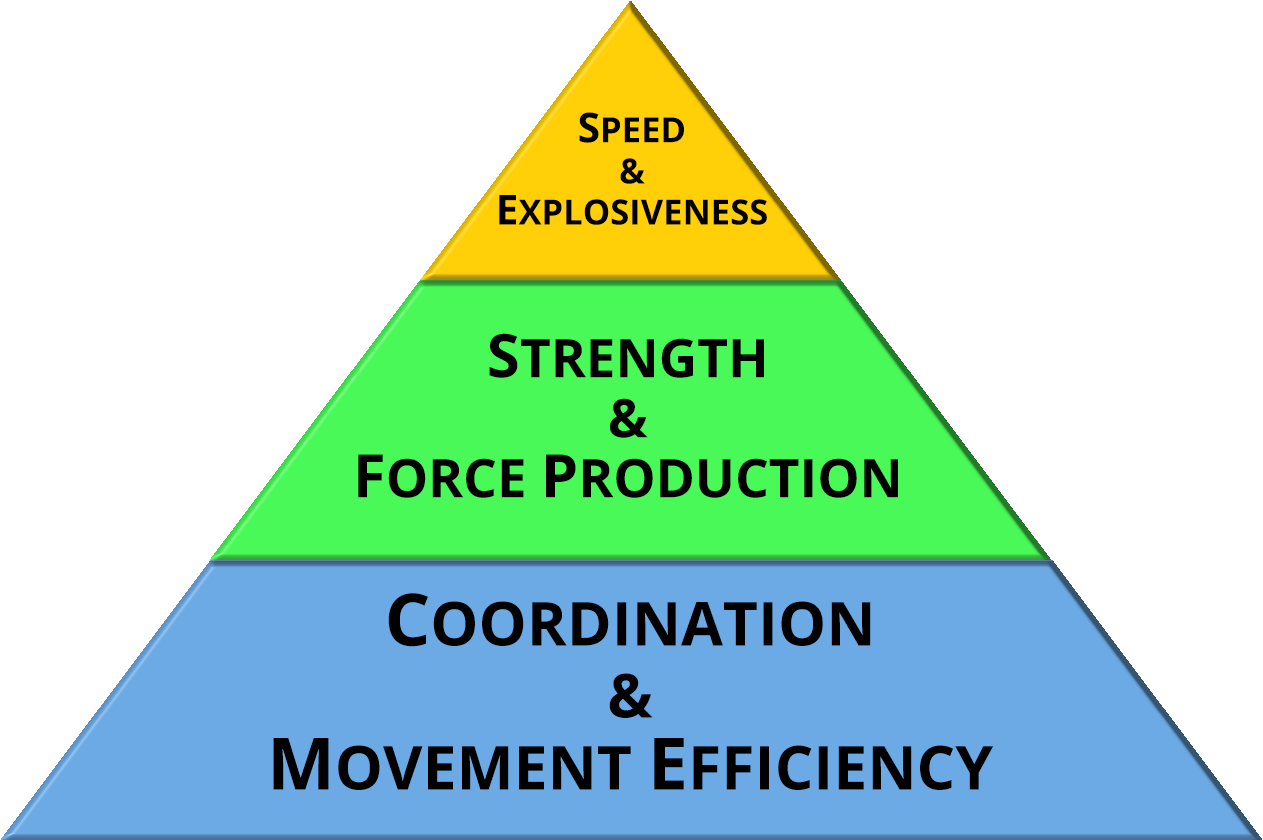Are You A "Combine Warrior" Or A Functional Athlete?
Some of you will remember the name Mike Mamula.
For those who are unfamiliar, he was a defensive end at Boston College in the mid-1990’s. He was a good college player but not a surefire top NFL prospect. . . until he went to the 1995 NFL combine.
At the combine, he tested off the charts. His 40 yard dash, bench press, and vertical leap were all at the top of his class.
All of a sudden he was a top prospect, and ended up being drafted by the Eagles with the 12th overall pick.
Unfortunately for Mamula and the Eagles, his NFL production never matched his athletic profile.
Or maybe it did . . . because maybe the combine and metrics like it don’t accurately measure athleticism . . .
Redefining Athleticism: Beyond Speed and Jumping
Kevin Durant had the opposite experience of Mamula. At the 2007 NBA Draft Combine, he famously was unable to do even 1 rep of a 185 lb. bench press.
You’d be hard pressed to convince me that has held back his NBA career.
So maybe we need to reconsider what athleticism actually is. While it’s obvious that we would consider players like Lebron and Michael Jordan amazing athletes, what about someone like Luka Doncic or Jalen Brunson?
Neither seems particularly quick. Neither jumps particularly high. And yet, they seem to get wherever they want on the court, competing against “better athletes.”
I would argue too many of us define athleticism as simply the ability to run fast and jump high.
While those are elements of athleticism, they aren’t necessarily even the most important parts.
When he looks at athleticism, University of Iowa strength coach & creator of Cody Roberts Athletic Development Program imagines a pyramid.

Notice what’s at the base of the pyramid - coordination and movement efficiency. To Roberts, that consists of 4 elements:
- Mobility
- Posture
- Balance
- Stability
Seen through that light, Doncic and Brunson seem much more athletic. They almost never get knocked off balance. They can score while contorting their body in various ways. They have the uncanny ability to decelerate and stop quickly.
One part of the movement efficiency equation is core strength and stability. Here’s an example of some of the exercises Cody Roberts uses to help basketball players develop that area.
The Athleticism Myth That Dooms Many Players
Ten years ago, I coached Jared as a senior. He was built like a tank. I thought he would be a walking double-double for us.
And yet, on the basketball court, his athleticism didn’t transfer. It wasn’t what I would call “functional athleticism” - athleticism that shows up in real-life activities.
Yes, he could bench press a car. But he couldn’t use that to create space to finish over taller defenders at the rim.
Yes, he could run incredibly fast in a straight line. But he struggled with how to hit the brakes to pivot and play under control.
In one context he was a tremendous athlete. However, on the basketball court, that didn’t show up.
That should be a lesson for all of us. Too many athletes overlook the base of the pyramid.
Why? I would guess because it’s harder to measure. We can more easily see our gains in the weight room and on the track.
But just because it’s harder to quantify doesn’t mean we should overlook it!
Build Your Foundation On Rock, Not Sand
I am not suggesting that strength training and speed work shouldn’t be part of your training. They absolutely should.
What I am suggesting is that those gains will be minimized if you can’t move in a coordinated and efficient manner.
So as you start planning your workouts, don’t neglect the foundation. Without a foundation, you might end up as a workout warrior. With a foundation, you’ll be the player whose athleticism makes a difference when it matters - game time!
|
|||


 Facebook (145k Followers)
Facebook (145k Followers) YouTube (152k Subscribers)
YouTube (152k Subscribers) Twitter (33k Followers)
Twitter (33k Followers) Q&A Forum
Q&A Forum Podcasts
Podcasts